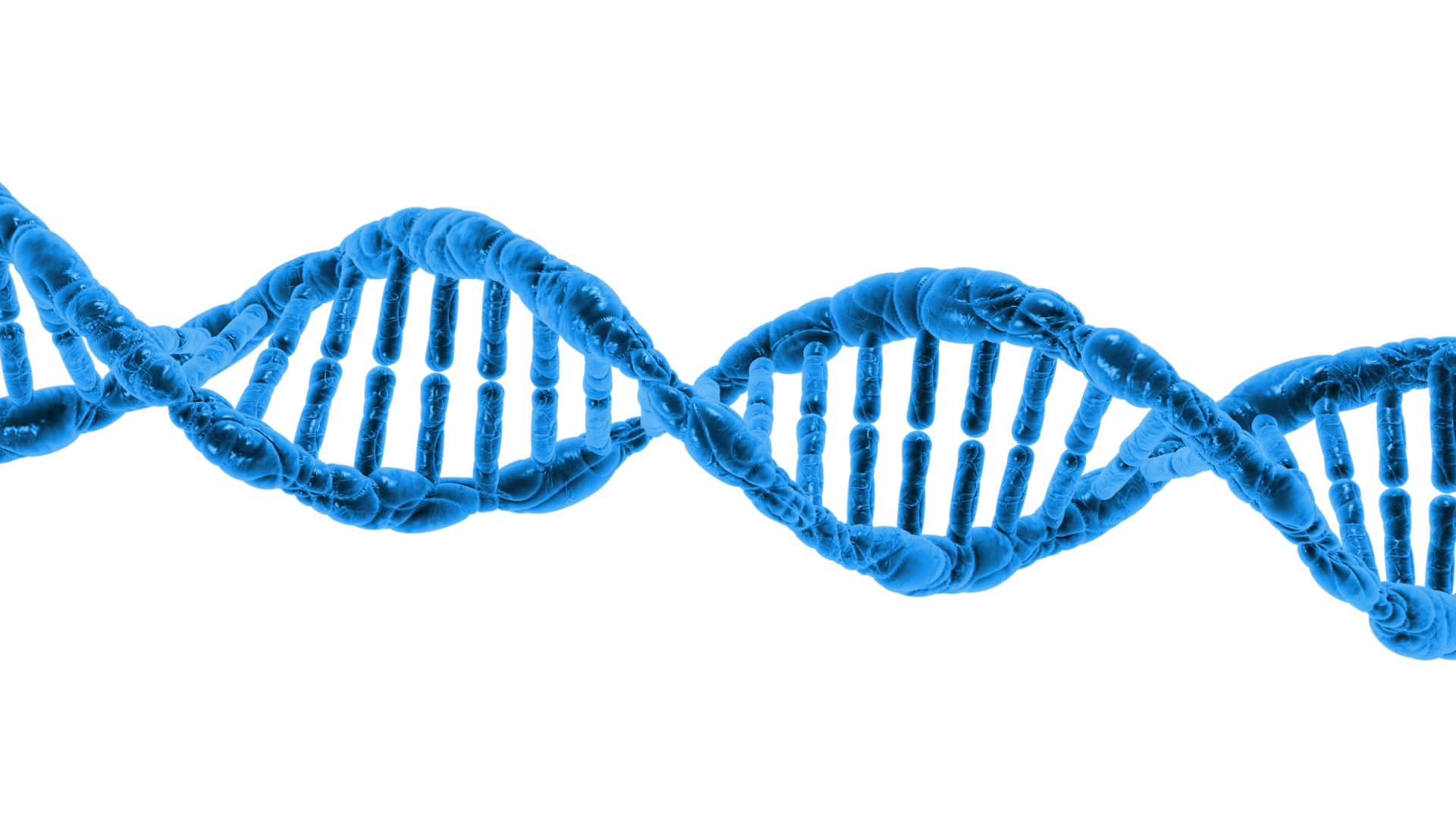
Genetic sequencing of urban air
In the last decade, it has become increasingly practical to sample and sequence microbial DNA present in urban air. However, plants and animals also shed DNA into the environment, which becomes airborne, and can be used to identify species.
In the future, as these biosensors become more widespread, faster, and more accurate, they may become everyday features in the urban environment. As Tom Friedman put it in The New York Times, "The Harvard geneticist George Church told me that one day sensors might ''sip the air” so that a genomic app on our phones can tell us if there’s a pathogen lurking in a room." What's unclear is how long it will take before building and mobile biosensors can quickly identify individual organisms with these methods, a potentially destabilizing level of biosurveillance that could make face recognition look tame by comparison.




..png)
